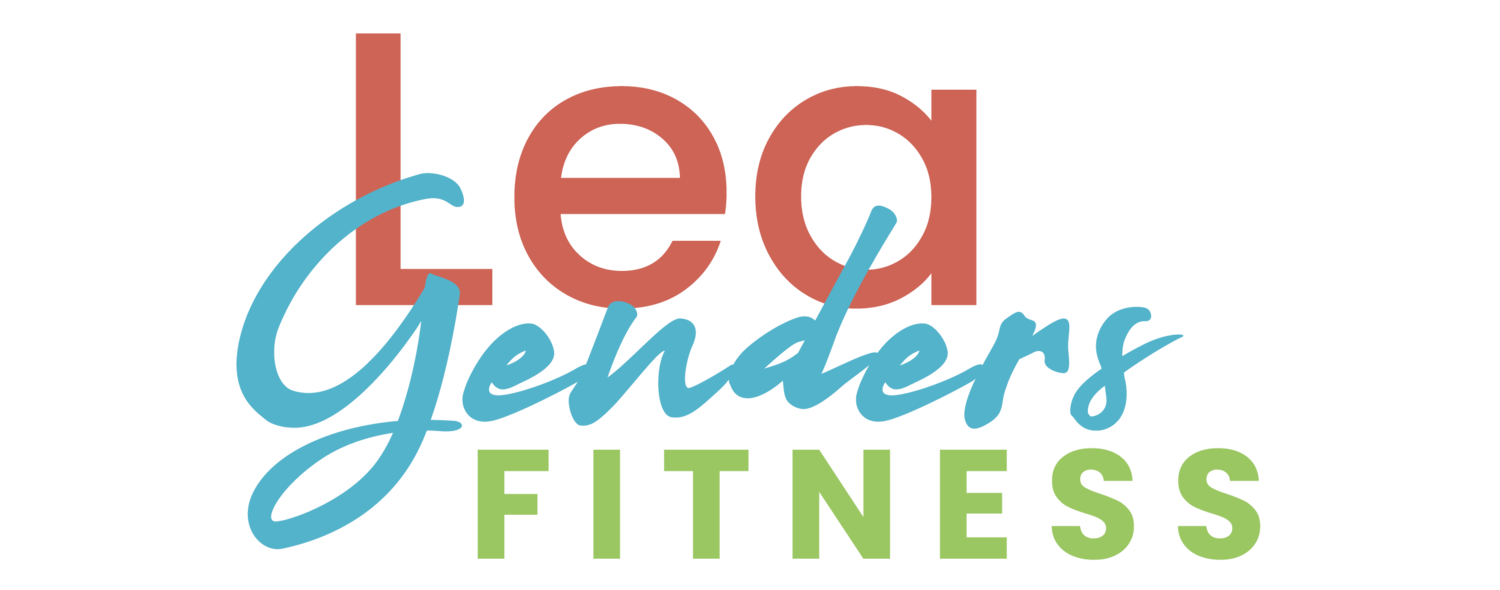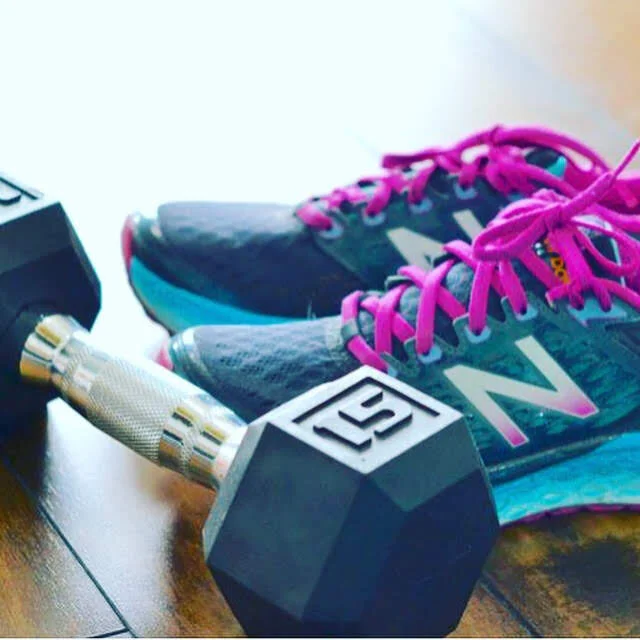This post was almost called how to grocery shop like a boss, but I'm not the boss, (don't even get me started on the whole girl-boss, boss-babe trend). I'm a nutrition coach. Let me show you how to grocery shop like I do. We make healthy choices most of the time and enjoy indulgences as part of as balanced lifestyle. We are smart about how we shop and spend our money. We make educated choices. Here are a few tricks of the trade to get you started on the right foot.
Make a Grocery List/Meal Plan
Go to the grocery store with a list of the items you need to buy for your meals next week. If you do the majority of your shopping in one day you'll save time and money. Stick to your list to limit impulse purchases. Try to never go the grocery store hungry...or else you may end up with cookies and ice cream in your cart (any resemblance to actual events in my life is purely coincidental).
If when you think of meal planning you conjure up images of stacks of tupperware with chicken and broccoli, then you have the wrong idea. Sure that's how some people do it, but meal planning can just consist of taking time once a week to decide what you will eat. How does the saying go? If you fail to plan you are planning to fail.
Jot down what you will eat for the upcoming week. Having your meals decided ahead of time takes the guesswork out during the week. You're more likely to stick to healthy eating when you have a plan. Make a meal plan and a grocery list. Write it all down.
I grill (or hubby does) enough chicken in one day for two weeks (refrigerate what I will need for the week and freeze the rest). I may prep my salads for the week. Everything else, we cook as we go.
Shop the Perimeter
The outside lanes of the grocery store is probably where you will spend most of your time when shopping for healthy foods. This is where you usually find the produce section, the meat deli, the dairy section and the beer aisle. Just kidding about that last one. Stock up on water! Of course you may need to stumble down some of the inner isles for 100% whole wheat bread or tortillas (see next point), frozen veggies and fruits, tea and coffee.
Read the Ingredient List and Nutrition Labels
I read the nutritional label of every item that goes in my cart. I start with the ingredient list to make sure that I can recognize most and aim to choose items with five or less ingredients. Once a food passes the ingredient test, I check to make sure the calories, fat and sugar content are inline with my eating goals.
Ingredients are listed from highest amount to lowest, so if sugar is the first ingredient, it has more sugar than anything else. The ingredients will tell you if the package marketing is misleading. If it is labeled as 'wheat bread' then 100% whole wheat should be the #1 ingredient listed on the package. If it says 'whole grains' and grains are listed towards the bottom of the ingredient list it means there are not many whole grains included (just enough to add the whole grains marketing label!).
I make note of the serving size, because often times food manufacturers will make the serving size unreasonably small to make the calorie content seems less. Who ever ate a 3/4 cup of cereal? No one. That's who.
Ignore Marketing Labels
Food labels are tricky. Food marketers are getting sneakier. They slap labels like all-natural, low fat, low carb, GMO-free, organic, sugar-free, Gluten-free, whole grain and healthy onto all kinds of processed foods that are not healthy at all.
I am not saying that foods with these labels are never healthy, I'm just saying that because it has one of these labels does not automatically make it healthy. Organic Oreos are still junk food (sorry). Gluten free cupcakes are still...well, cupcakes. Organic vegetable chips often aren't even made from vegetables. Yogurt cups are one of the worst offenders, marketed as a health food but often full of sugar and other unhealthy ingredients. Vitamin water? Loaded with sugar. You can eat these foods in moderation if you want to as part of a healthy lifestyle, just as long as eat them with full knowledge that they are not health foods.
When fat is removed they usually add a lot of sugar and hydrogenated oils to make it taste delicious and slap a low fat label on it. When sugar is removed, they usually load it up with artificial sweeteners and market it as low sugar. You can almost never trust the food marketing labels alone.
Pro Tip: If a packaged food has a healthy-sounding label it is usually a red flag that it might not be healthy at all. Always read the ingredients and nutrition label to verify.
It's not that I don't ever buy unhealthy foods, it is just that I buy them with my eyes wide open. I am not fooled by marketing labels into thinking that unhealthy foods are healthy for me.
Most of these seemingly healthy drinks are not healthy at all. (shakes fist at food marketers)
Buy According to The Arms Reach Rule
I would never claim that I don't buy or eat unhealthy foods. I do it all the time, because I am a big believer in balance. However, I make a point to not buy and store unhealthy foods in the house. I'll tell you right now, if there is a bag of sea salt and vinegar potato chips on the counter I will eat the whole bag. Every time. Hubby sometimes buys candy and puts it in the freezer. I would never go to the store and buy candy, but when it is in my house I usually will eat it. What can I say? I'm human.
I try to avoid this issue by limiting the packaged unhealthy foods in my house. If I only have healthy choices within arms reach, most of the time I will eat those healthy foods. Let laziness work in your favor. It takes a lot of effort to put on pants, get in car, drive to the store, deal with people, buy unhealthy snacks and drive home. It's less hassle to just eat that apple on the counter.
Only keep healthy foods within arm's reach. Yes, I know this is harder when you have kids and family members with different priorities. I suggest that you continue to hold yourself up as being the healthy example in your family. Once they see first hand the benefits of your healthy living, they may come around.
Need help with your nutrition strategy? Tired of dieting? Want help developing healthy habits while staying sane and balanced? My nutrition and lifestyle coaching program begins in June, get on the list for a big pre-sale discount.
Like this post? It helps me when you share with your friends or followers




































If you've ever wondered whether you're addicted to sugar, this blog post is for you. The good news? You have more control than you might think. With a few mindset shifts and intentional habits, you can train your brain to enjoy sugar without feeling controlled by it—finding balance without deprivation for a healthier, more sustainable approach.